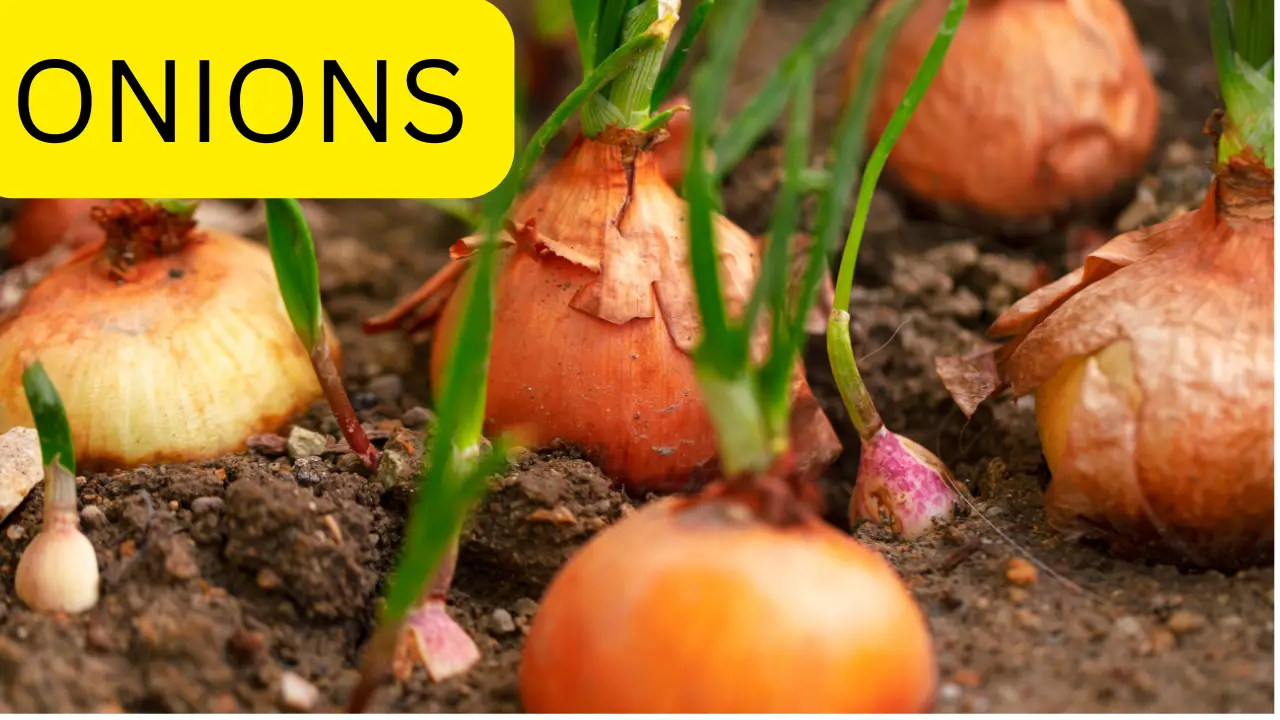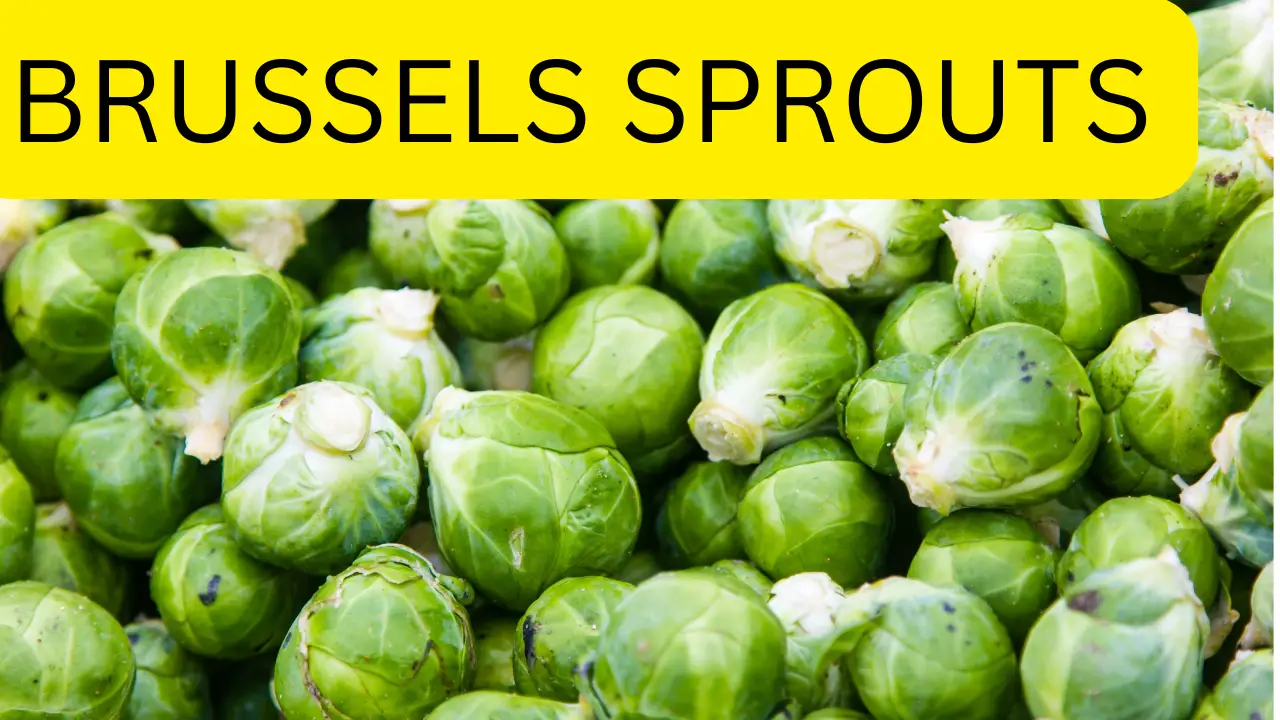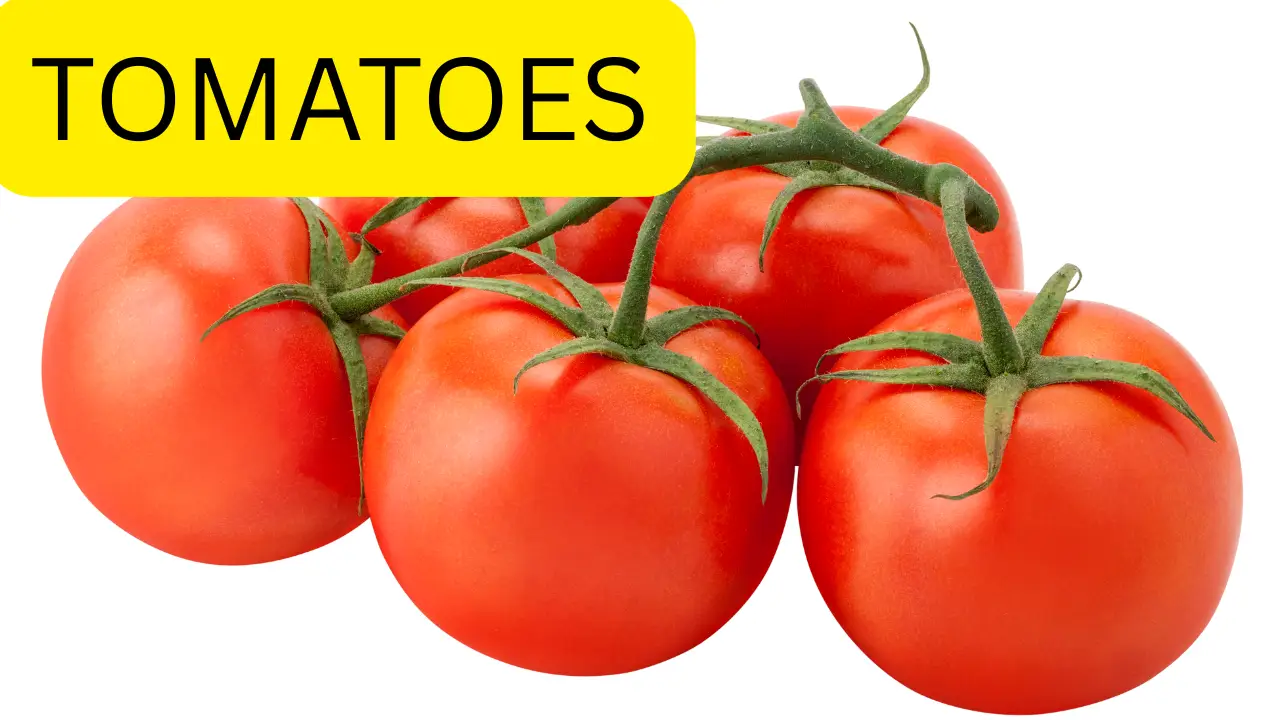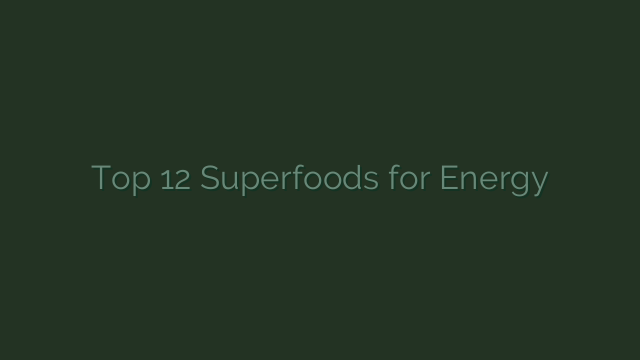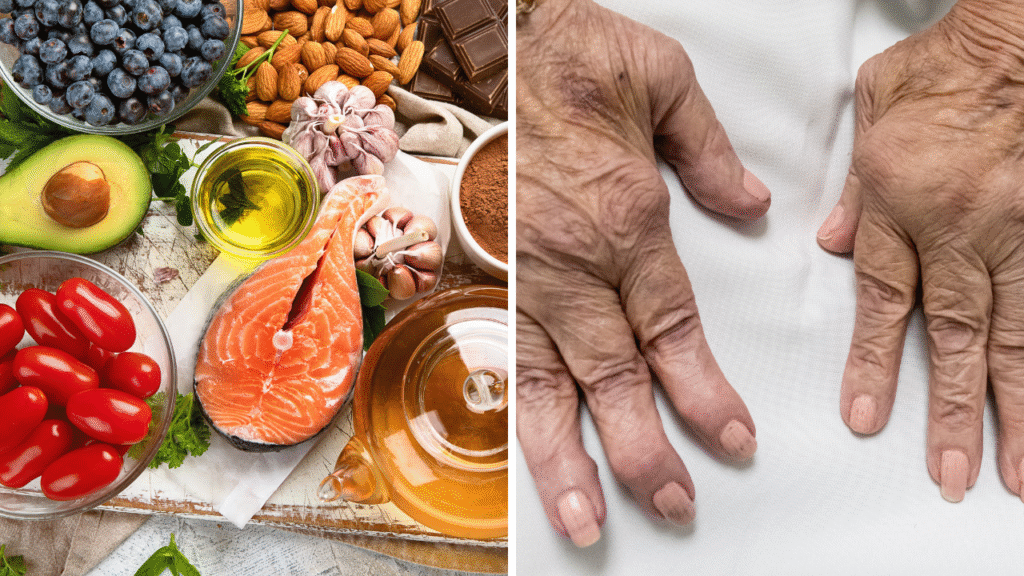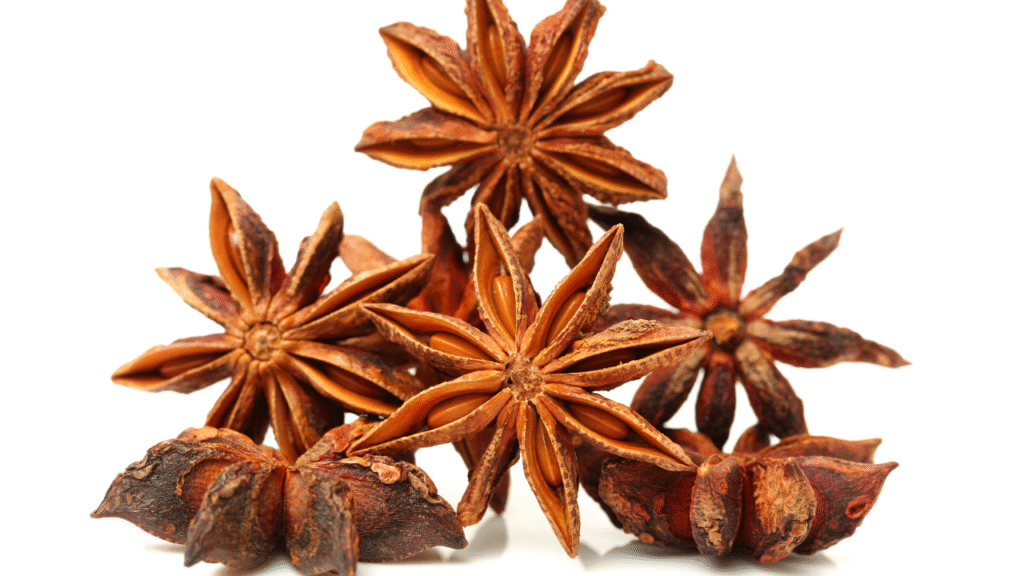Vegetables are necessary for a healthy diet since they are high in fiber, vitamins, minerals, and antioxidants. Although there is no single most nutritious vegetable, eating various veggies helps promote health and well-being. Certain veggies may benefit particular people more, depending on their diets, general health, and nutritional requirements.
This article examines the five healthiest and most nutrient-dense veggies.
1. Cauliflower
- Cauliflower is one of the healthiest vegetables, and its unique plant components may lower the risk of various ailments, including heart disease and cancer.
- It may also help lower blood pressure, maintain healthy arteries, prevent diabetes, and lower the risk of diabetes-related complications.
- It is low in calories but abundant in vitamins and minerals, and contains practically every required vitamin and mineral.
- It’s also high in fiber, which is good for your general health.
- Research has linked a diet with fiber-rich foods like cauliflower to a lower risk of various health issues.
- Cauliflower also has various features that may aid in weight loss, including being low in calories, a low-calorie substitute for high-calorie foods, high in fiber and water, and high in choline.
- Cauliflower is a low-carb alternative to grains and legumes. It is an excellent method of enhancing veggie intake and especially benefits individuals on low-carb diets.
- Cauliflower is adaptable and straightforward to incorporate into your diet, making it an excellent method for increasing your vegetable intake or following a low-carb diet.
- It is an excellent side dish or may be used with soups, salads, stir-fries, and casseroles, and can be cooked in various ways, including steaming, roasting, or sautéing.
- It is very inexpensive and commonly accessible in most supermarkets.
2. Onion: Healthiest Vegetables
- Onions (Allium cepa) are subterranean bulb-shaped vegetables related to chives, garlic, scallions, shallots, and leeks. They’re a common ingredient in many dishes and can be baked, boiled, grilled, fried, roasted, sautéed, powdered, or eaten raw.
- They include many antioxidants and sulfur-containing chemicals, which have been associated with lower cancer risk, lower blood sugar levels, and better bone health.
- Raw onion is minimal in calories, with 89% water, 9% carbohydrates, 1.7% fiber, and trace levels of protein and fat.
- Forty calories, water, 89% protein, 1.1 grams of carbohydrates, 4.2 grams of fiber, 9.3 grams of sugar, 1.7 grams of fat, and 0.1 grams of protein are the essential ingredients in 3.5 ounces (100 grams) of raw onions.
- Onions are high in vitamins and minerals such as vitamin C, folate, vitamin B6, potassium, anthocyanins, quercetin, and sulfur.
- Red and yellow onions are higher in antioxidants than white onions and may contain up to 11 times more antioxidants.
- They have been demonstrated to have powerful antioxidant and anti-inflammatory qualities and benefits, such as decreased blood sugar levels, improved bone health, and lower cancer risk.
- Furthermore, observational studies have linked higher onion consumption to a lower risk of numerous types of cancer, including stomach, breast, colon, and prostate cancer.
3. Bell peppers (Capsicum annuum)
- Bell peppers (Capsicum annuum) are nightshade family fruits that are low in calories and high in vitamin C and other antioxidants. They’re linked to chili peppers, tomatoes, and breadfruit, which can be consumed raw or cooked.
- They are available in various hues, including red, yellow, orange, and green.
- Bell peppers are mostly water and carbohydrates, with 3.5 ounces (100 grams) containing 6 grams of carbs. However, they have trace amounts of fiber, vitamins, and minerals.
- Bell peppers contain antioxidants such as capsanthin, violaxanthin, lutein, quercetin, and luteolin, all of which have numerous health advantages.
- Fruit and vegetable consumption has been associated with a lower risk of numerous chronic illnesses, including cancer and heart disease.
- Furthermore, bell peppers are among the healthiest vegetables and may have several health benefits, including enhanced eye health and a lower risk of anemia.
- Carotenoids in bell peppers, lutein, and zeaxanthin, may protect the retina from oxidative damage and lower the incidence of cataracts and macular degeneration.
- Also, eating raw bell peppers with iron-rich foods may help enhance iron reserves and lower anemia risk.
4. Brussels sprouts
- Brussels sprouts are a member of the Brassicaceae vegetable family and have been connected to several health benefits.
- They provide few calories but a lot of fiber, vitamins, and minerals.
- They are exceptionally high in vitamin K, an antioxidant that aids iron absorption, tissue repair, and immunological function.
- They are also high in vitamin B6, potassium, iron, thiamine, magnesium, and phosphorus.
- Eating Brussels sprouts as part of a fruit and vegetable-rich diet will help your body acquire the required antioxidants.
- They are high in fiber, which can help with regularity, digestive health, and lowering the risk of heart disease and diabetes.
- Furthermore, they may help maintain good blood sugar levels, as several studies have linked an increased diet of cruciferous vegetables to a lower risk of diabetes.
- Finally, they can lower inflammation, which is a normal immunological response.
- Brussels sprouts are rich in vitamin C, an antioxidant beneficial to immunological health, iron absorption, collagen formation, and tissue growth and repair.
- They are simple to make and can be obtained all year in the fresh produce department of most supermarket stores.
- When harvesting Brussels sprouts, avoid them becoming soft or turning yellow. Your healthiest vegetables can be kept in the refrigerator for up to a week.
5. Tomatoes, Healthiest Vegetables
- The tomato (Solanum lycopersicum) is a fruit from the nightshade family native to South America that is an excellent source of vitamin C, potassium, folate, and vitamin K.
- It is usually red when mature, but can come in various colors.
- They are low in calories and provide essential nutrients like vitamin C and potassium, and are mostly made up of water.
- It is a good source of several vitamins and minerals, including vitamin C, an essential nutrient and antioxidant.
- They are rich in antioxidants, such as lycopene, which may protect against chronic diseases and support a physically active lifestyle.
- Additionally, lycopene and beta-carotene have antioxidant properties that can reduce cancer risk and help prevent type 2 diabetes.
- They are an essential source of soluble and insoluble dietary fibers, which are resistant to digestion in the large intestine and help form a healthy stool.
- The benefits of consuming tomatoes are tied to their lycopene content, which helps form red blood cells to prevent anemia and works with vitamins B12 and C to help the body break down, use, and create new proteins and tissues.
- However, raw tomatoes can have germs like Listeria or Salmonella and may worsen existing conditions.
- To reduce risk, cook produce or wash it
Where to Buy
DISCLAIMER OF MEDICINE
This information is not meant to provide medical advice or replace a personal physician’s advice or treatment. All readers of this information, especially those taking prescription or over-the-counter medications, should check with their doctors before initiating any nutrition, supplement, or lifestyle program. In addition, the statements and goods on this website have not been evaluated by the Food and Drug Administration.



